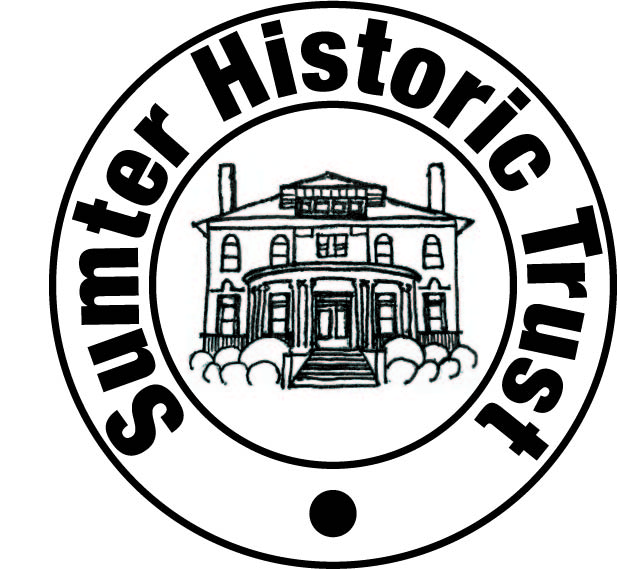By Leila Sisson Case
The Lee Council House at 308 East Church St. has a storied past that dates to the turn of the 20th century.
The historic house today is headquarters of the Sumter Historic Trust but it has served in several capacities for more than 115 years. It was originally the private residence of Mr. and Mrs. Lee George Council for more than 40 years, then for the next three decades it served as the Americus Elks Club until the Sumter Historical Society, as the organization was then known, purchased it on August 25, 1978, for $52,000.
Lee George Council built the mansion as a wedding gift for his bride, the former Florence Hildreth of Long Island, New York, following their marriage in Live Oak, Florida, on October 9, 1900. The couple moved into their home described as a “palatial mansion” by the Americus Times-Recorder on February 21, 1902.
Council was among the city’s most wealthy residents. He was a distinguished and successful business leader, serving simultaneously as the president of Planters Bank, owner of the Windsor Hotel and publisher of The Americus Times-Recorder.
The Council’s home was situated in a choice residential section that was beginning to flourish with fine, substantially built homes featuring architectural designs reflecting the era and incorporating the comforts and conveniences of modern life.
The house had electricity, a power line having been connected from their home to the Windsor Hotel, perhaps an advantage of Council’s hotel ownership. They also had indoor plumbing, another convenience not often seen in private residences in that era.
And the regular route of the Americus street trolley, Georgia's first chartered electric street car system, at one time went in front of the Council’s home. One of the restored street cars is on permanent display at the Lake Blackshear Regional Library’s children’s reading room, a gift from the Robert T. and Gladys Crabb family who acquired the car in the 1940s.
Council was the oldest of three brothers. He assisted his father in the organization of Planter’s Bank that opened for business in February 1892, in a modest building on Forsyth Street but outgrew that quarters, moving in 1900 into the four story stone and brick building at the corner of Forsyth and Lee streets that stands today, according to an August 9, 1907 article taken from The Americus Weekly Times-Recorder.
Americus was then ranked as the eighth largest city in the state, thriving in all sectors of commerce from retail businesses and financial institutions in the central business district to the agricultural community, where cotton reigned as king along with peaches and pecans.
The town started as a small planter’s seat in the 1820s, but the arrival of the railroad in the early 1850s put Americus on the map. Three decades later, local attorney Samuel H. Hawkins’ construction of the only privately financed railroad in state history, elevated Americus to a higher level and was known as the “Metropolis of Southwest Georgia,” a reflection of its status as a cotton distribution center, according to historical facts.
Street Address
Americus, GA 31709
Phone Number
Your Custom Text Here

